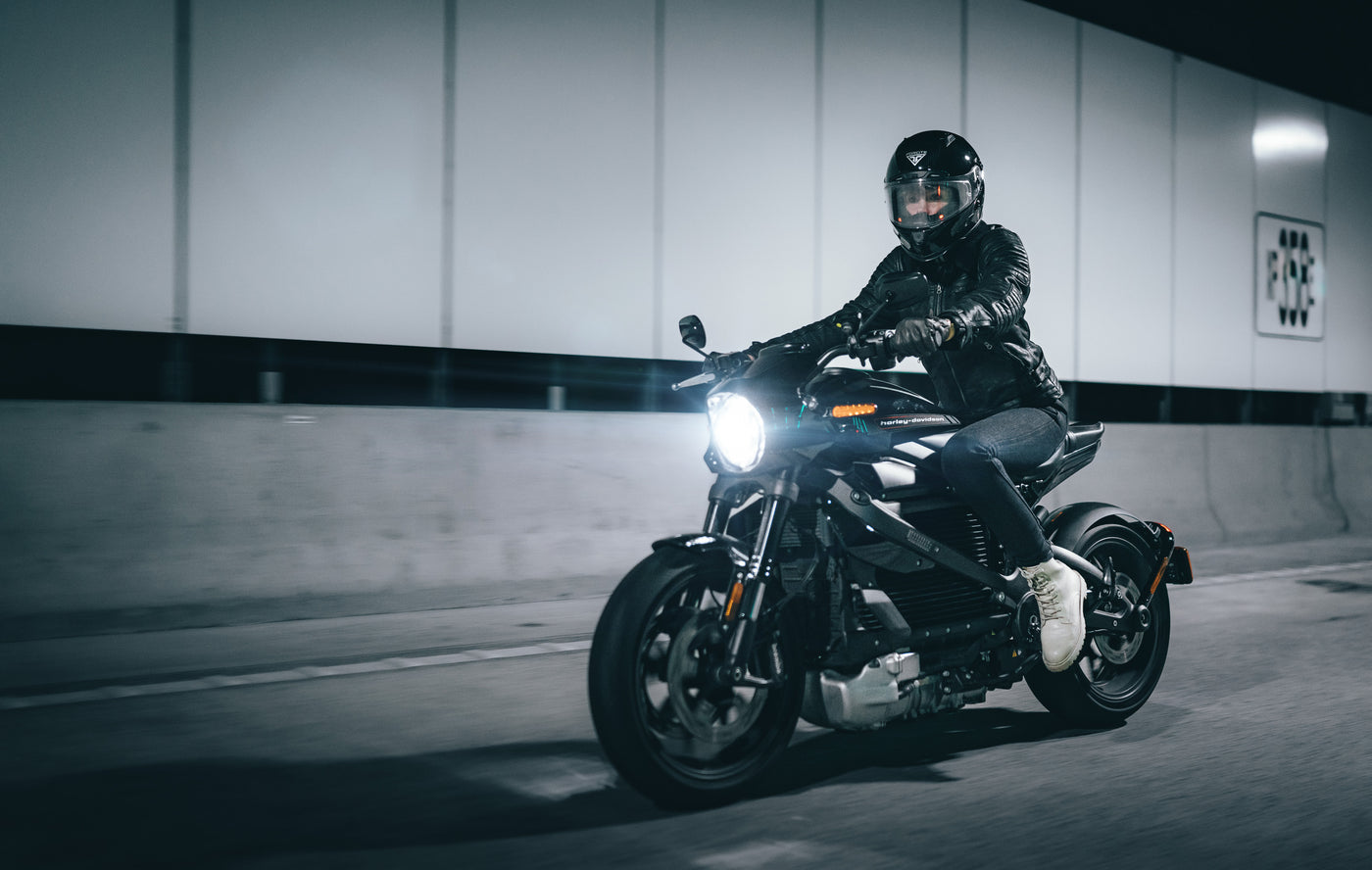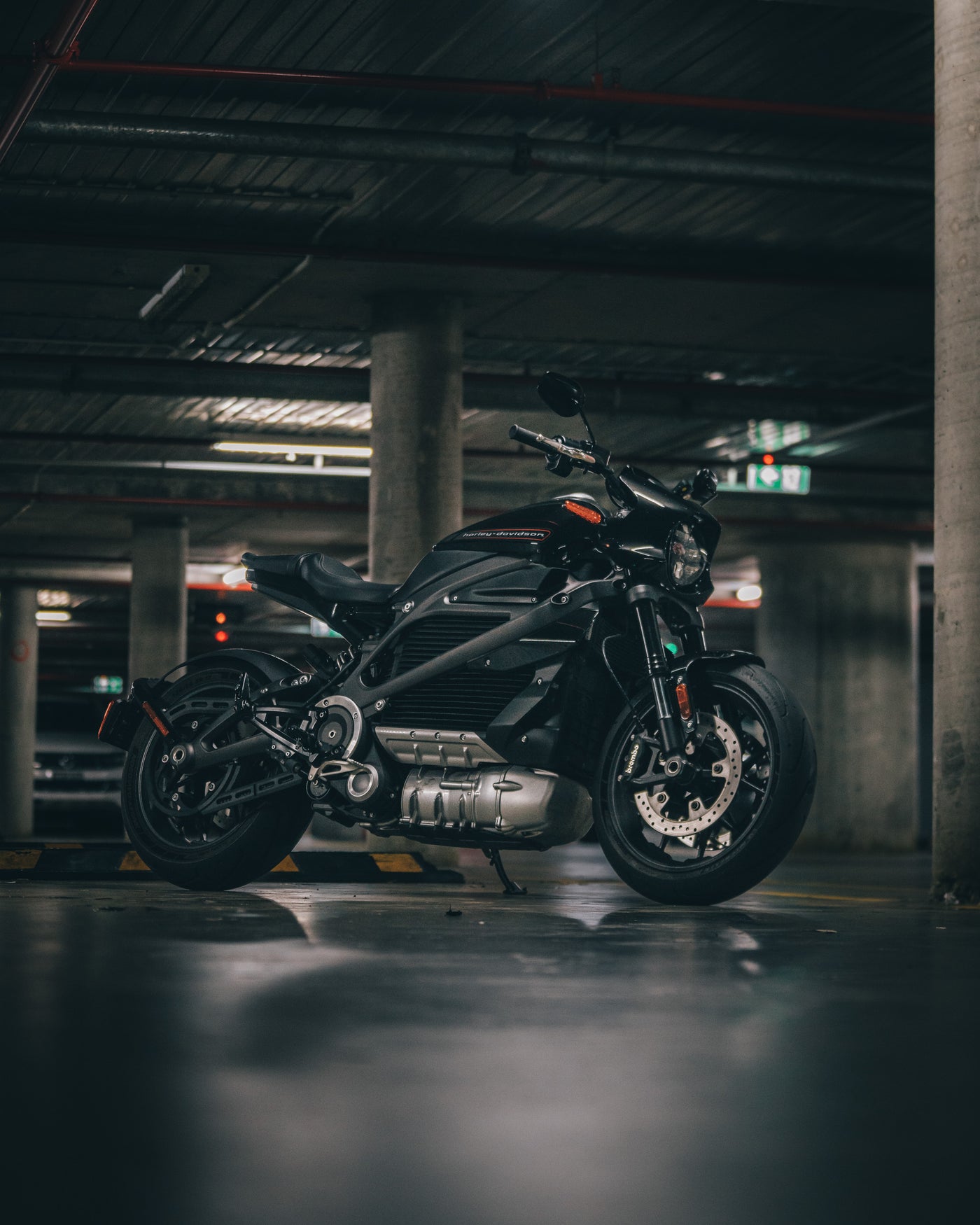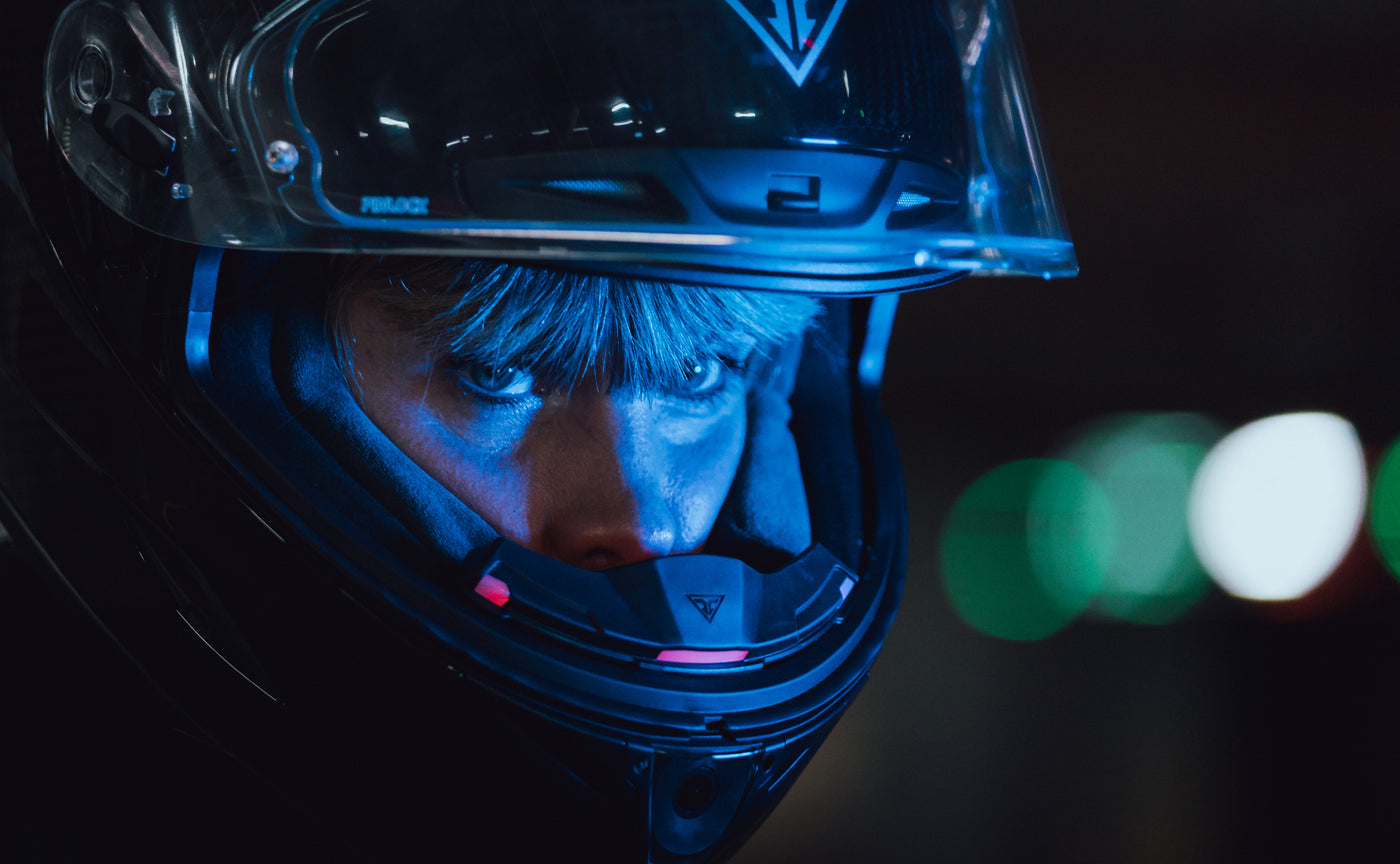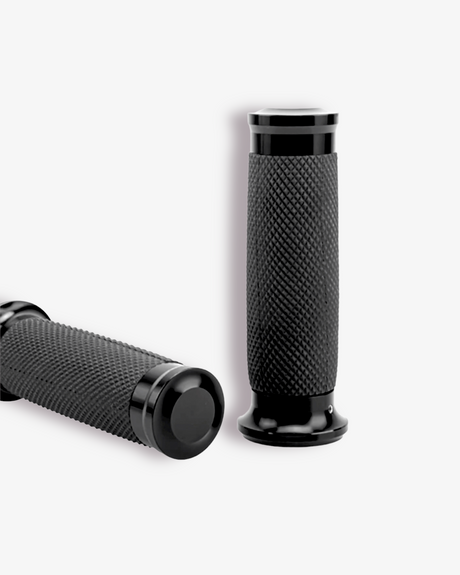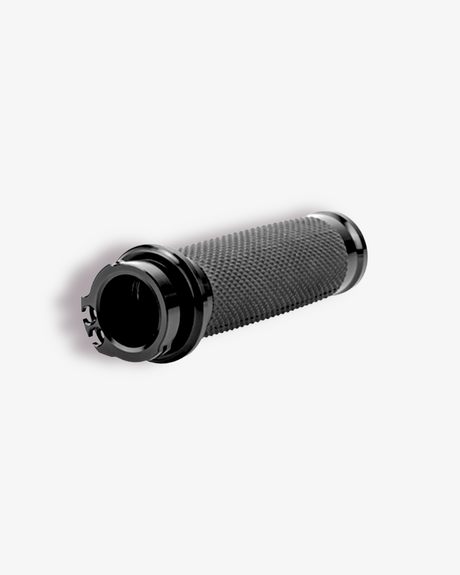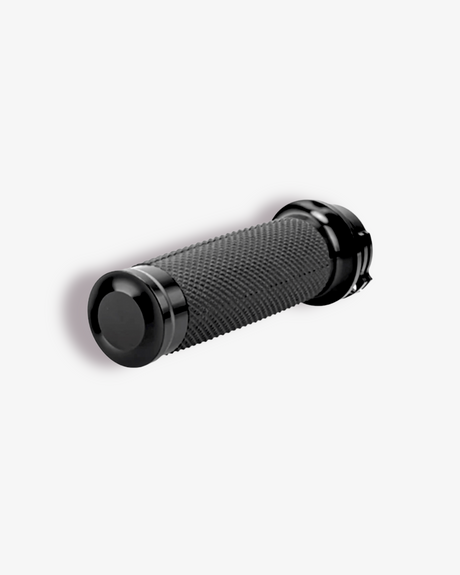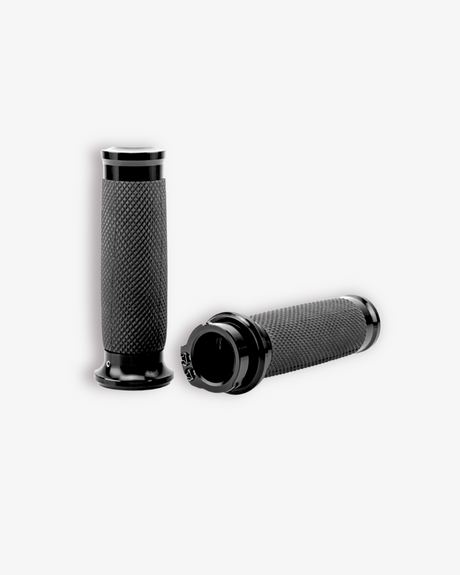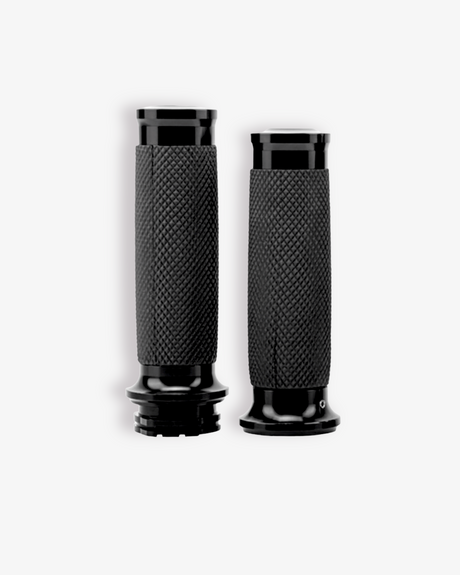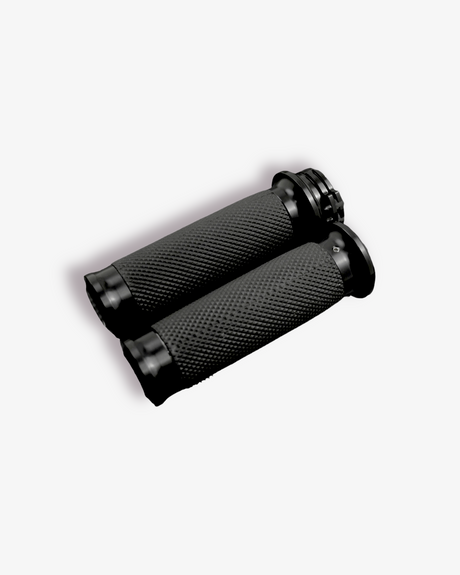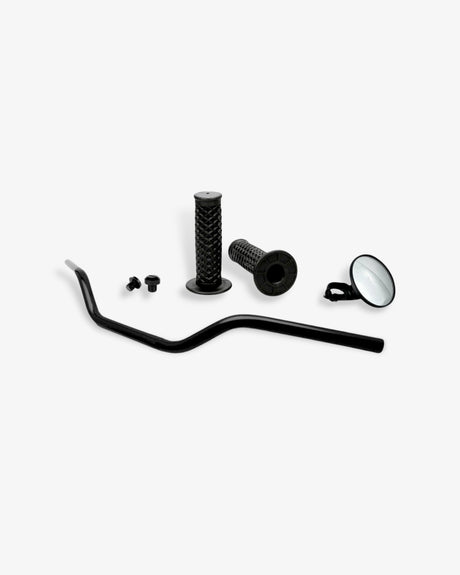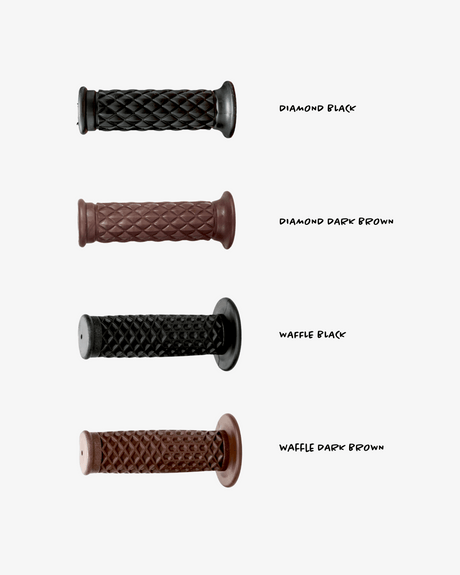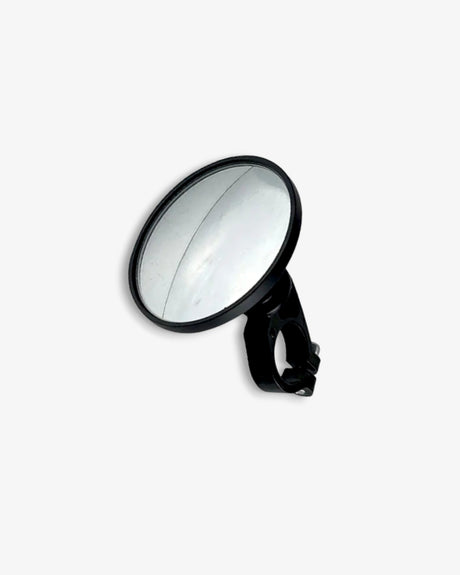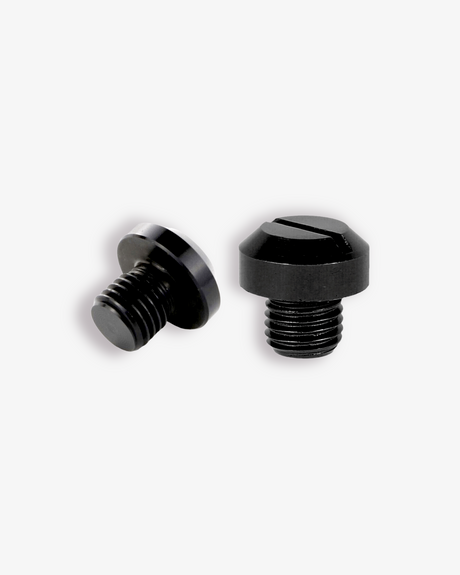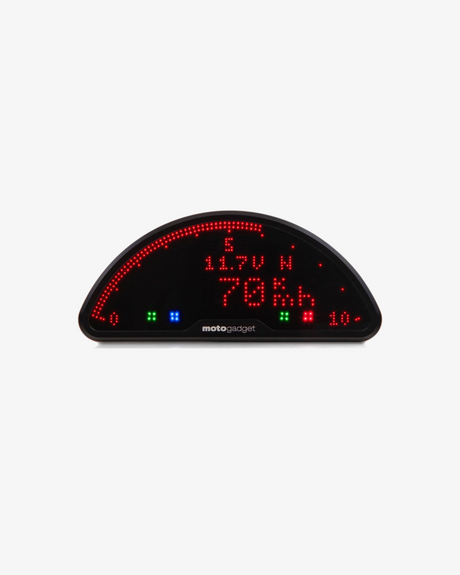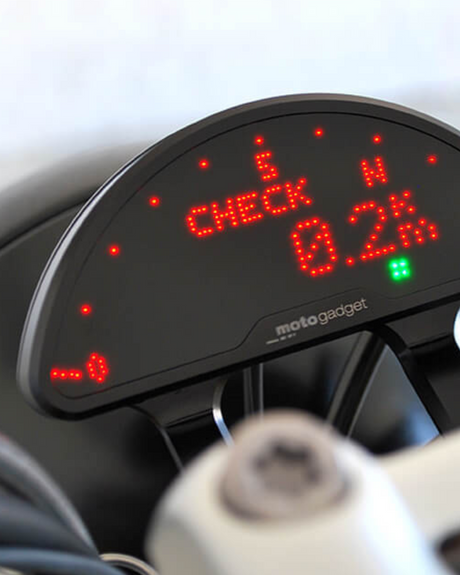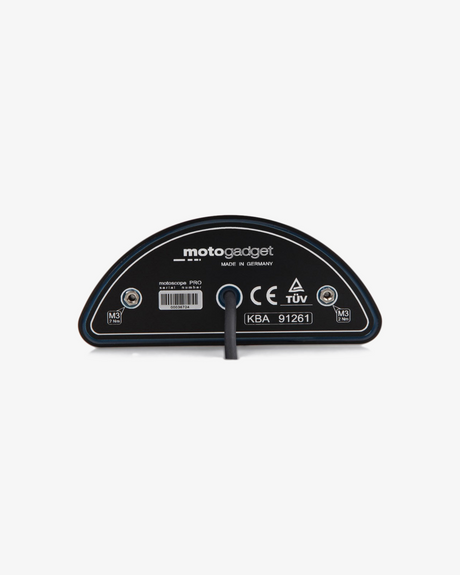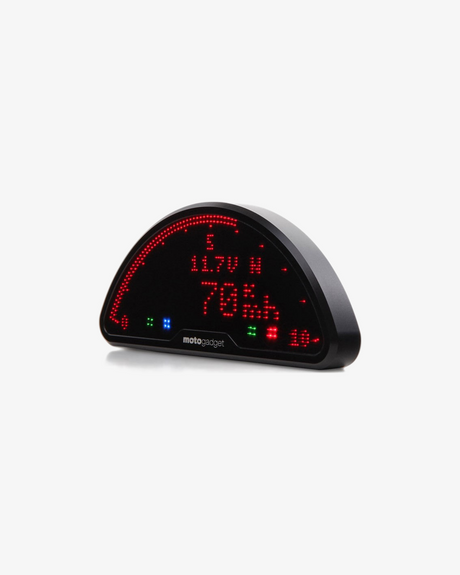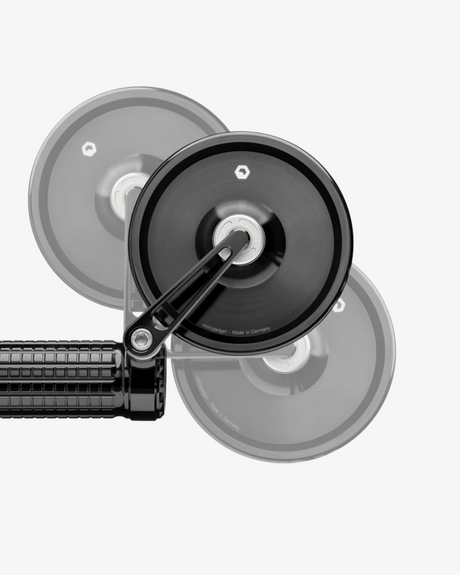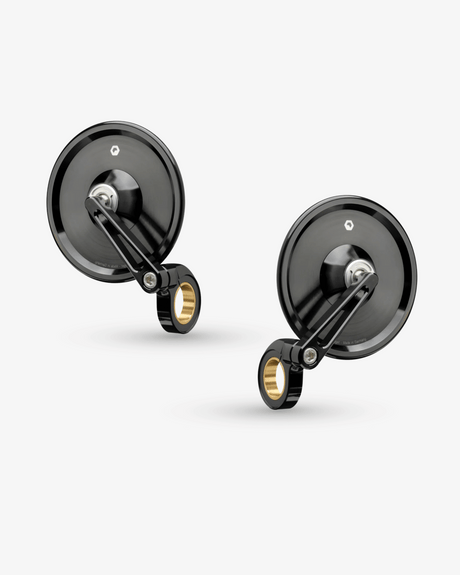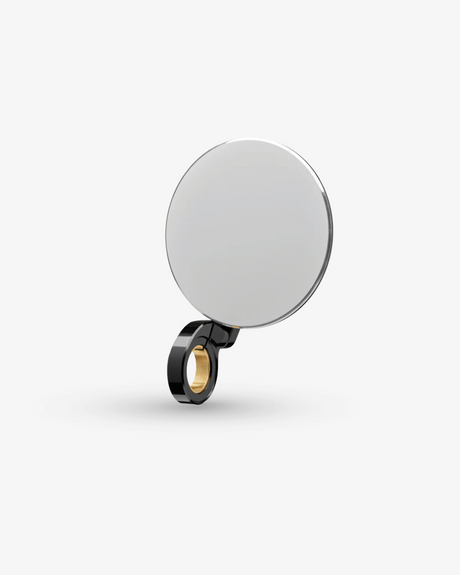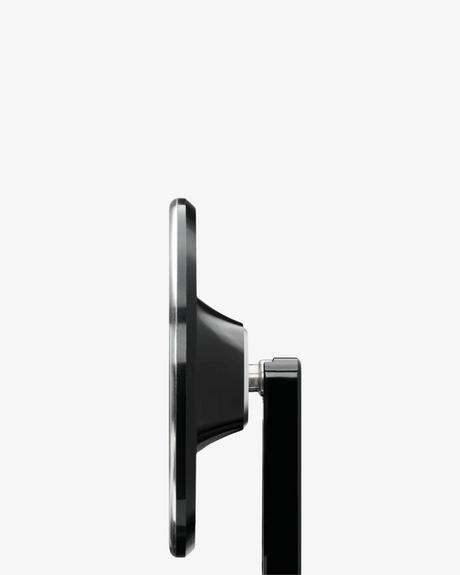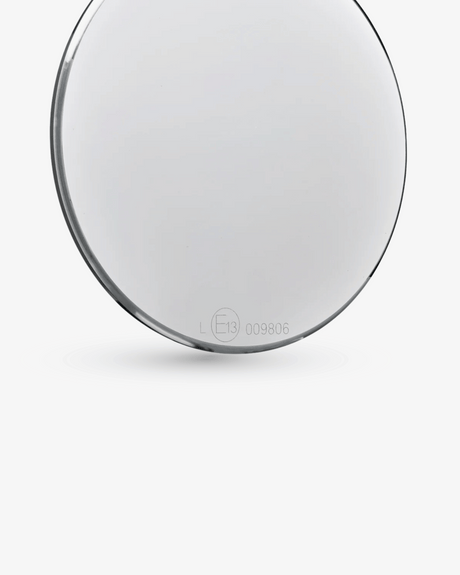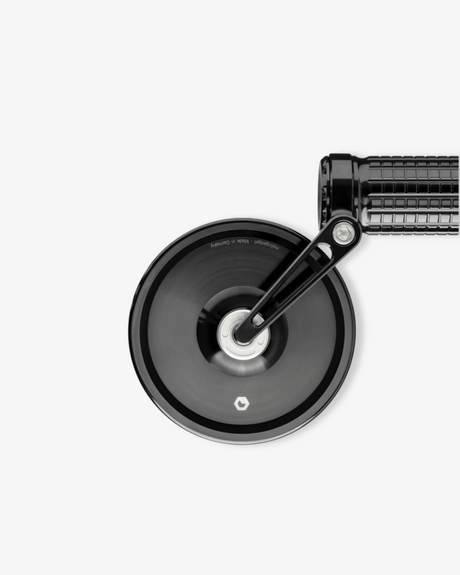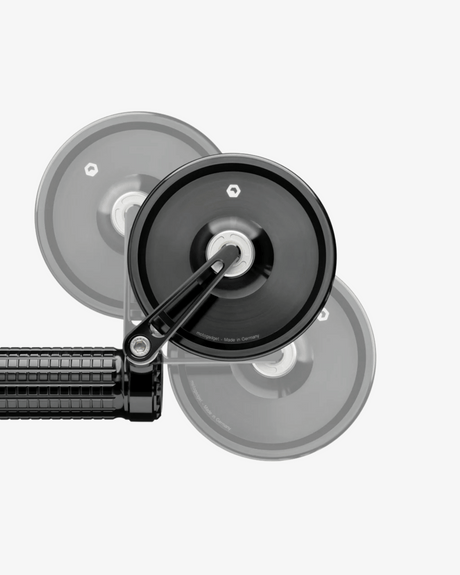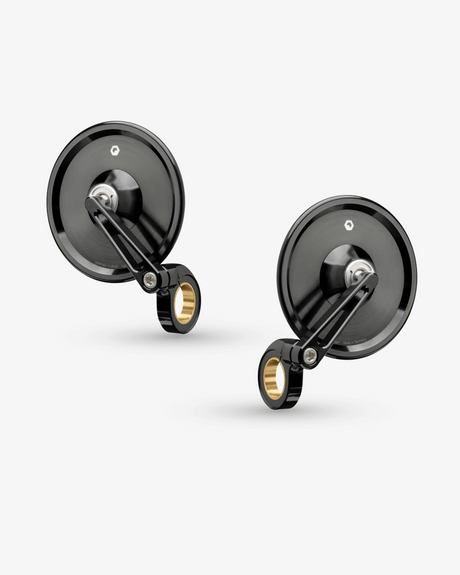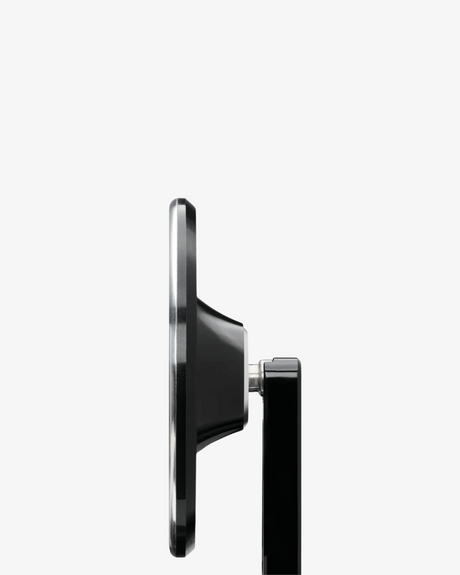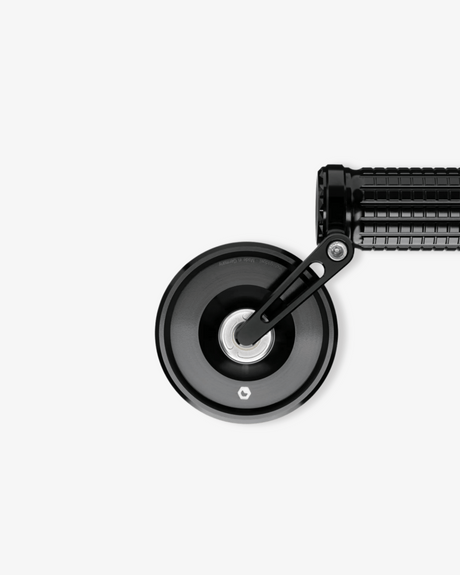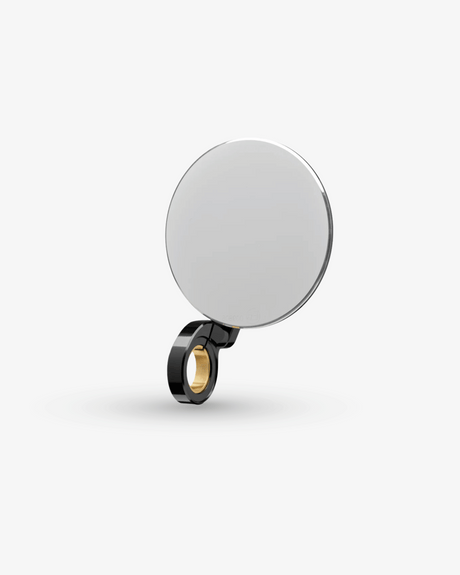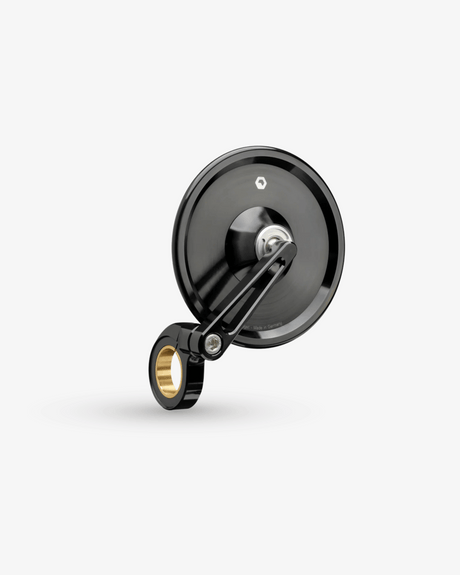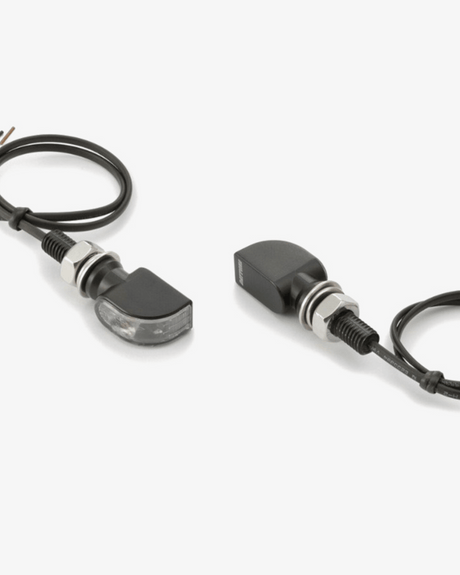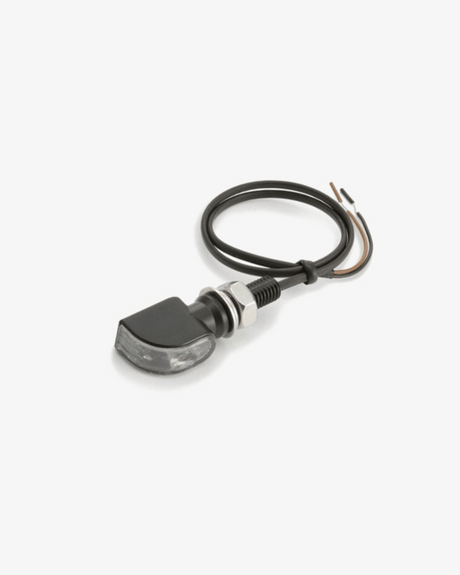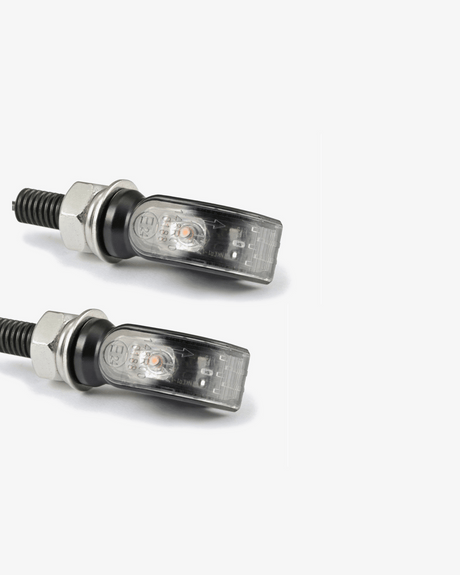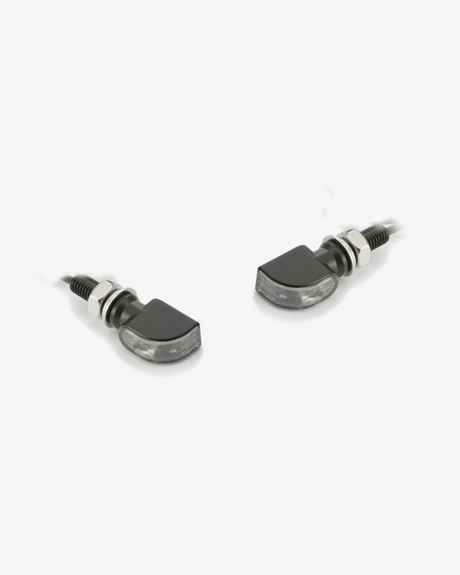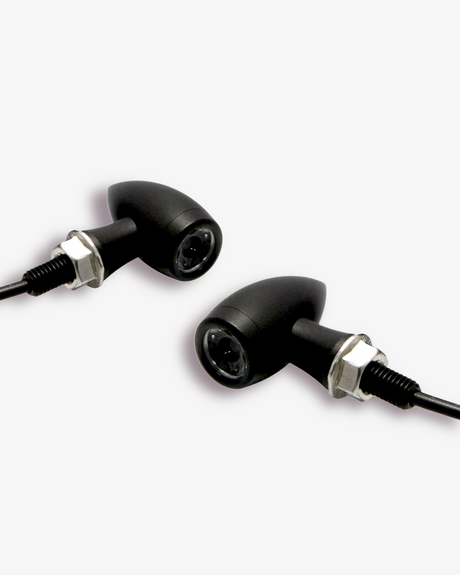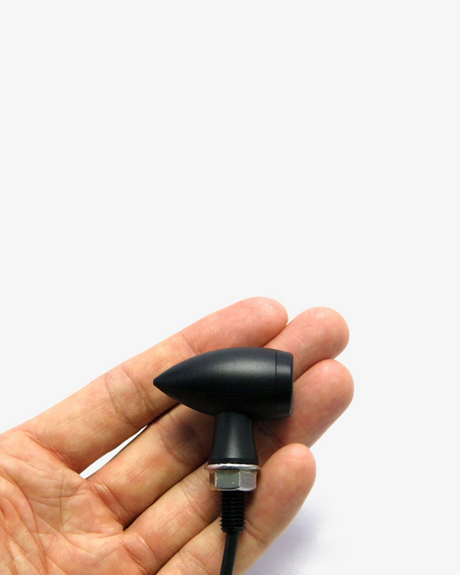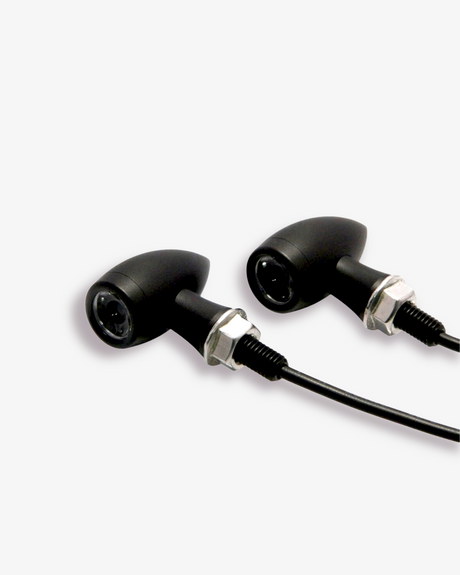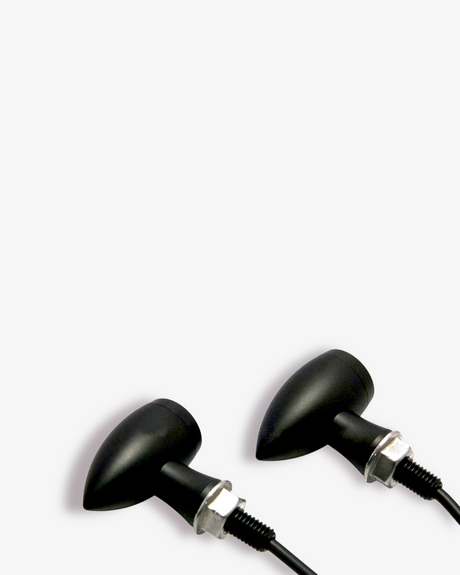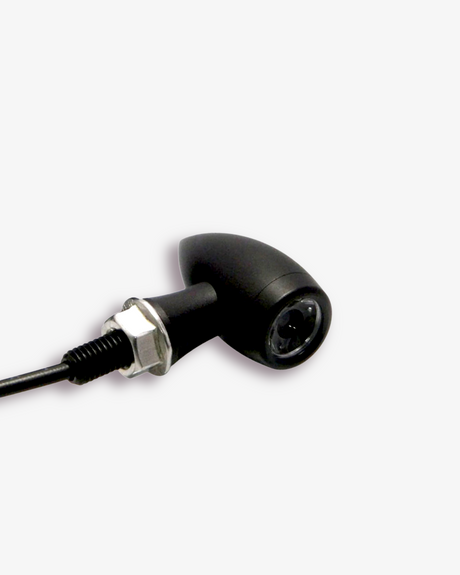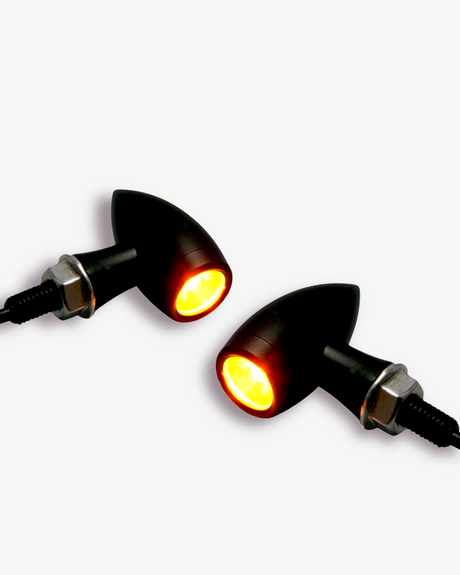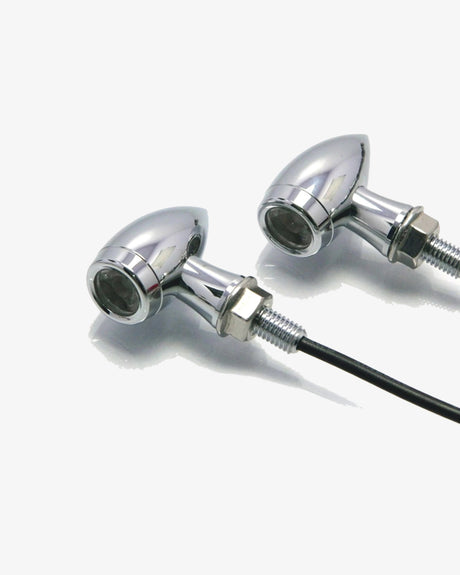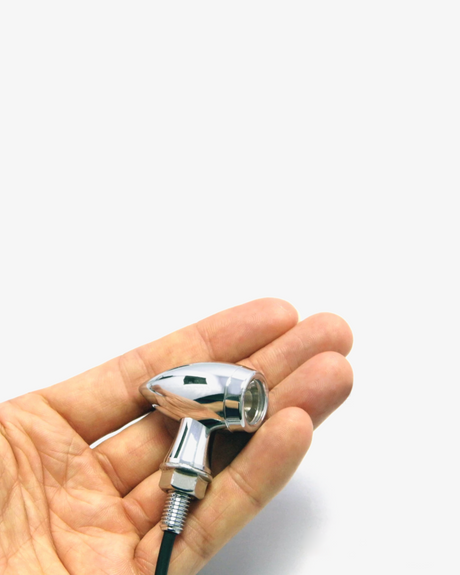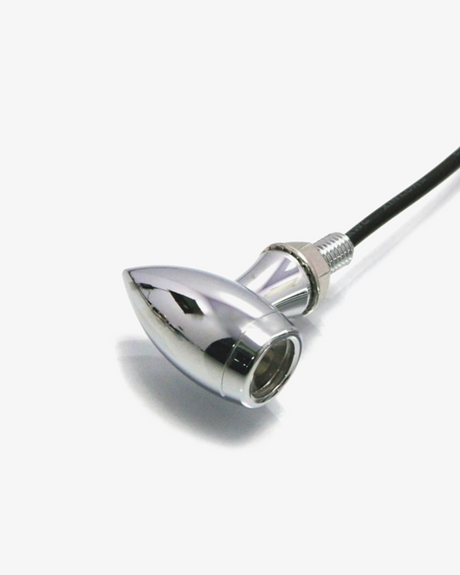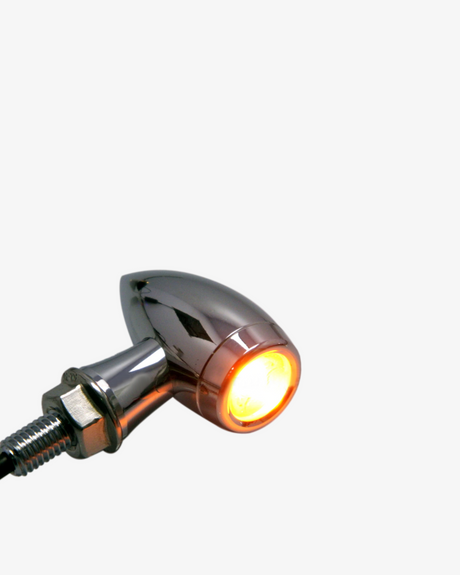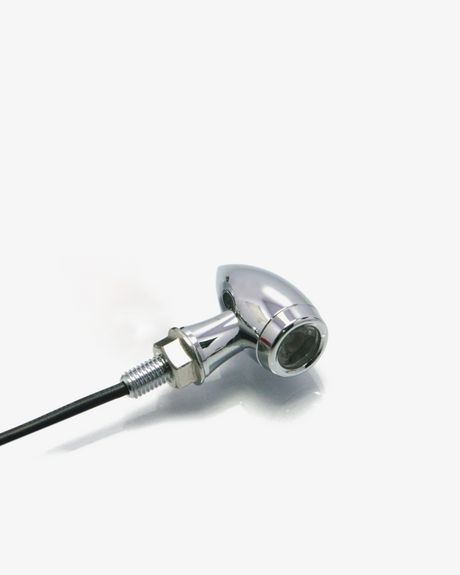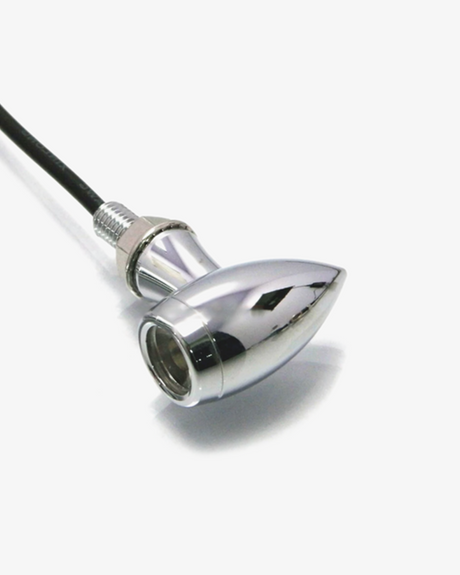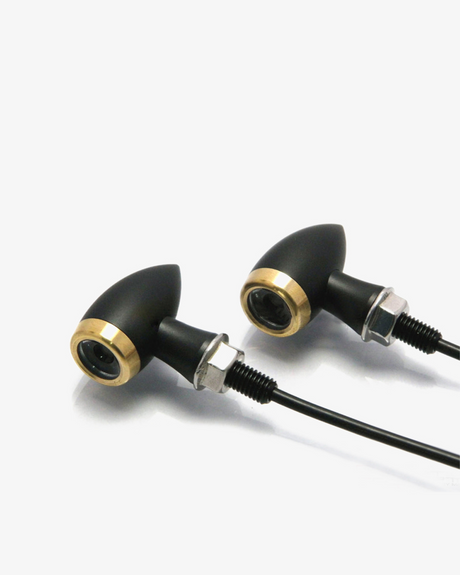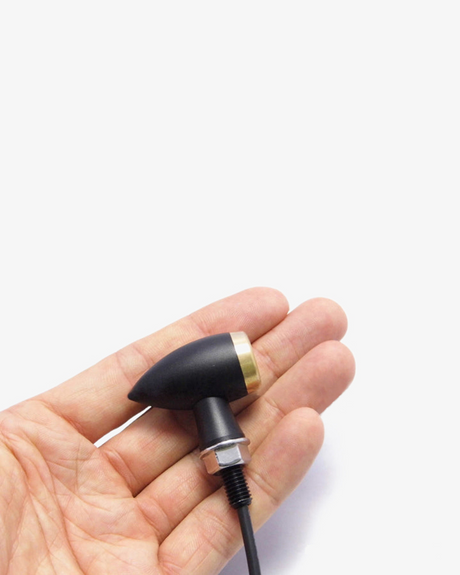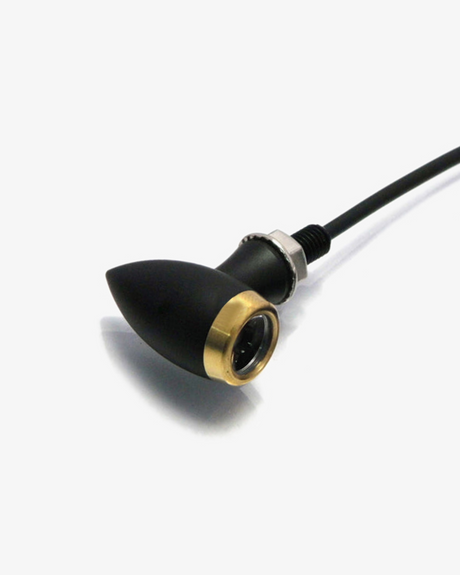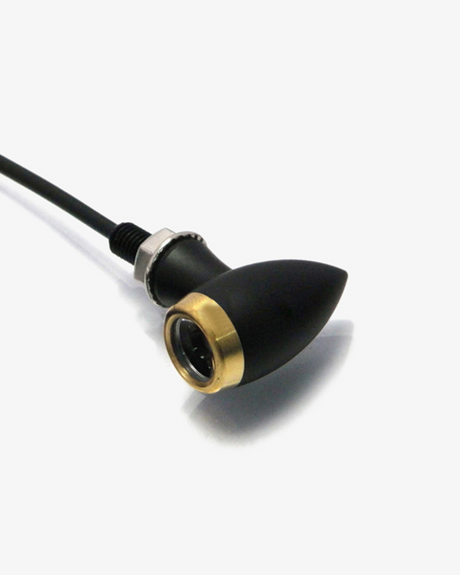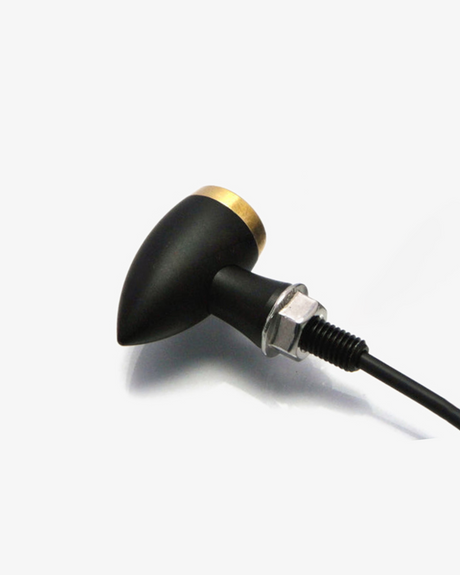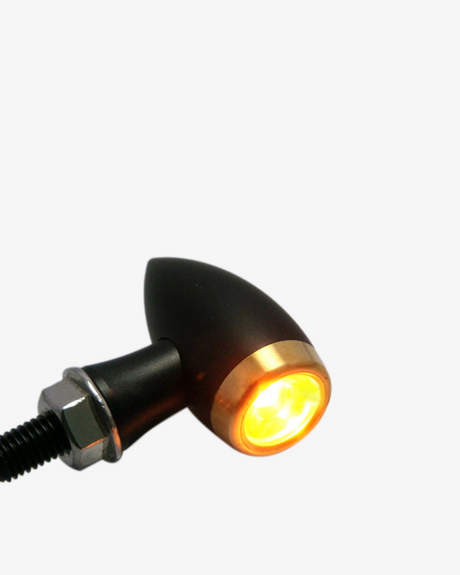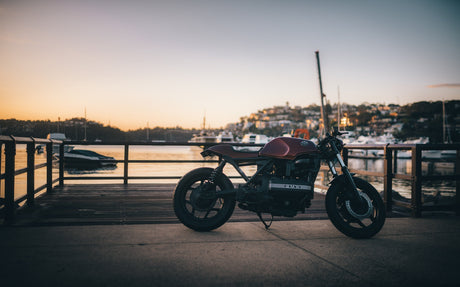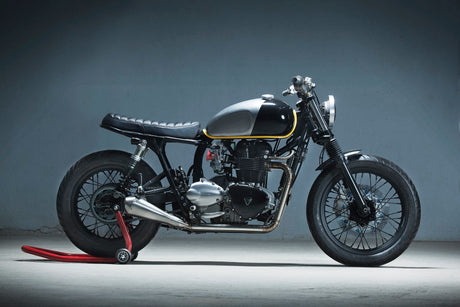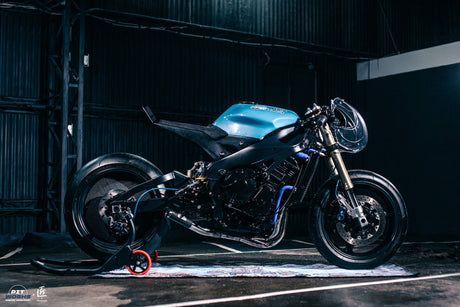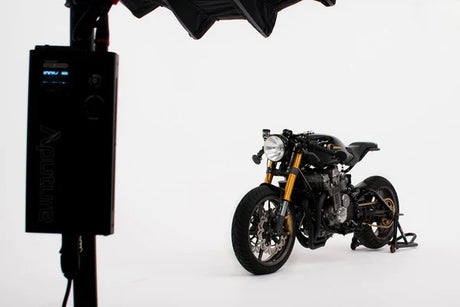While the world is technically going to hell in a handbasket—it’s heating up, gasoline prices are at an all-time high, there’s political…unrest, as well as a never-ending pandemic—it’s not all doom and gloom.
The motorcycling industry is gearing up for the future Syd Mead promised decades ago: futuristic EV motorcycles and those made using sustainable practices and fuels.
Currently, there are 23 electric motorcycles on sale, including those from Harley-Davidson (1), Zero (9), Husqvarna (1), KTM (1) Tarform (2) as well as smaller manufacturers such as Damon (2), Cake (4), and Energica (3). Many more are in the pipeline from the likes of Honda, Ducati, BMW (it offers a scooter for now), Triumph, Yamaha, Suzuki, Kawasaki, Arc, Segway, Fuell (maybe, I haven’t heard from them in a while), the aforementioned Husqvarna and Harley-Davidson, and a lot more.

While it’s hard for an automaker to change course when you’re on the hook for supplying millions of cars each year, things are very different for motorcycle companies. Bikes are made in orders of magnitude fewer, and brands can pivot faster. Because of that agility, more and more motorcycle manufacturers are building offerings, while others are experimenting with hydrogen power, reimaging the internal combustion engine, and some others using materials and manufacturing methods to green the entire process.
The future is looking bright and truly weird.
The Upstarts
“Honda has 8 million [motorcycles] sold a year. We're taking them on,” states Damon Motorcycles Founder and CEO Jay Giraud. When I told him those are big shoes to follow, he replied, “Yeah, but they're in the past.”
“Damon is entering at the top, much the way Tesla did,” says Giraud, adding, “It requires revolutionary technology to compete with gas at the performance, at the speed, at the sex appeal, and the range that you're going to get in a gas car. And in order to develop revolutionary technology, which is really expensive at first, you have to put a big price tag on it, and that forces you to start at the top. And so, Damon's doing that.”



One of the ways Damon is going about that is through its HyperDrive battery technology. While most companies are shooting for the 100-150 mile range for their battery packs, a similar figure to most gasoline-powered bikes, Damon shot for 200-plus as, in Giraud’s words, “When we did our design analysis on whether that was feasible in the weight and space of a gas motorbike, can you pack 200 miles of electric range in there? If the answer was no, we wouldn't be doing this company.” Why, because “It's still really hard to charge an electric car or an electric bike where most people live, which is not a house.”
“The answer is there are not enough charging stations. If you're going to go from A to B, and fill up your tank on an electric motorbike, your buddy riding an electric bike beside you is probably going to need to go A to B to A back to the home to fully charge. Because there might be a rapid charging station at B, but it might not be available. Plugged into somebody else's bike or car, and then you're like, ‘Shit, now what do I do? Wait for two hours?’ Until the charging infrastructure really is ubiquitous, I think the necessary electric motorcycle range is twice the range of a gas motorbike.”
As for the past, Harley-Davidson, one of the biggest names around, is taking its EV ambitions and spinning off its LiveWire brand as something akin to Buell. More models are coming according to the Milwaukee-based outfit, too.

“As part of The Hardwire Strategy, we made a commitment that Harley-Davidson would lead in electric,” said company Chairman, President, and CEO Jochen Zeitz, adding, “We recognized the pioneering spirit and brand value in LiveWire for our community and took the decision to evolve the original LiveWire motorcycle into a dedicated EV brand.”
The Wisconsinites (Wisconsonians, Cheeseheads?) aren’t alone, though.
Honda is still taking a very conservative approach, with a spokesperson telling me in an email it’s “researching and developing models in the EV segment but it is not yet clear when or what models will be available in the US market.” They added, Honda “will likely produce smaller displacement motorcycles to begin with and then grow from that point,” and that the company “always makes sure that the products we produce meet some really strict standards regarding quality and reliability.”


Ducati is also toying around with EV drivetrains, taking over the MotoE motorcycles from Energica and saying its first production electric motorcycle will be out between 2025 and 2030, which is still a long way out.
While you may believe that the powertrain question has been decided, especially with the power density Damon’s getting from its HyperDrive, as well as how the automotive industry has pivoted toward pure EVs, powertrain technology and fuels are still in flux.
H2O, Baby
In recent months, Kawasaki, Yamaha, Subaru, Mazda, and Toyota have banded together to form a strategic partnership to take the hydrogen research Toyota and Lexus has spent hundreds of millions of dollars on in the hope to apply them to their respective customers' needs. According to a Toyota press release, the group is designed “to unite and pursue the three initiatives” including “exploring the use of hydrogen engines in two-wheeled and other vehicles.” Kawasaki and Yamaha’s involvement includes making a Kawasaki H2 engine run off of hydrogen.
To acquaint yourself with how hydrogen-electric powertrains work, watch the video below from our friend Jason Fenske at Engineering Explained. He gets into the nerdiness of it all and gives a better explanation than mine: “Car has hydrogen fuel tank. Electricity created. Make engine spin. Water come out tailpipe. Al Gore!”
Most importantly, however, is that a hydrogen engine promises a driving experience that’s very similar to that of a gasoline engine, but without the greenhouse gasses that are currently killing our planet’s glaciers, ozone, and huggable polar bears (please don’t hug a polar bear, you will be eaten).
As for the state of the joint venture, Yamaha spokesman Naoto Horie told me, “[Yamaha and Kawasaki] just started the study. [There’s] no plan yet [to show a hydrogen-electric concept any time soon],” so we may be waiting for a little bit to see the fruits of their labor. When asked about straight battery-electric vehicles, he responded saying the company’s dabbled with the technology before, with the E01 and E02 electric scooters, but while the company has “cleared some technical challenges. We still have mileage issues due to the battery.”


An interesting aside from what Naota-san was his answer to the question of whether or not battery-electric and fuel-cell vehicles could share the same dealership space in the future? “Still don’t know. We don't think it's an easy problem because the laws differ from country to country.”
Kawasaki also responded to my inquiry, relaying similarly minimal information given the project is in its infancy, stating, “This will be the first time these two companies have administered joint research together however, Japanese motorcycle manufacturers have a track record of cooperation in the past in other areas. The joint research is only in the beginning stages but the two companies are excited to cooperate in this future development of hydrogen initiatives.”
Kawasaki and Yamaha aren’t alone. Suzuki has played around with hydrogen-powered motorcycle technology in the past, debuting a hydrogen-powered scooter that made some real-world tests in 2017. Segway is also getting in on the hydrogen bandwagon with a fuel-cell motorcycle called the “Apex H2.”



The first Segway Apex was released at CES in 2020 and was a battery-electric motorcycle with a theoretical top speed of 125 mph and a 0-60 of 2.9 seconds but few other details emerged. The Apex 2 isn’t too different, apart from the fuel-cell design as the motorcycle’s specs come with just 80 horsepower, a top speed of 90 miles per hour, a 0-60 mph time of under four seconds, and a base price of around $11,000 when converted from Yuan. What is impressive is how you’ll fill up the Apex H2, in that you swap in and out bottles of hydrogen that are slightly bigger than your average Nalgene bottle. Segway is taking an interesting approach to get production running, too, with a crowdfunding campaign to attract the first 99 buyers.
Alt Rock, Alt Fuels
And for those that will miss the sound of a thrummy V4, hydrogen isn’t the only alternative fuel on the horizon. To ensure your clapped-out Gixxer will stay purring, Porsche and Ducati, as well as the FIA’s Formula 1 race series, have been researching and refining renewable fuels. The companies have plans to put these alternatives in place, begin testing, or are already testing them in limited locales. These propellants, made using renewable resources, as well as those done through carbon-capture technologies, react in the combustion chamber just as conventional fuel would but produce far less greenhouse gas in both the refining and burning processes and don’t require liquified velociraptors.
I spoke to Porsche about its program and the company relayed that it is already testing the synthetic biofuels made from food waste products in the brand’s 911 GT3 Cup series. It will also be testing carbon-capture fuels, which are made by capturing atmospheric CO2 and combining it with hydrogen through a water electrolysis method that then generates methanol, later this year in partnership with Siemens’ Chilean Haru Oni project. It’s through Porsche where there’s a Ducati connection as the two share a parent company.
“We are also looking carefully at other solutions for zero or minimal emissions, such as synthetic fuel,” Ducati’s CEO Claudio Domenicali stated. Other brands in our (Volkswagen) group such as Porsche are looking at it and it’s something we are looking at in the medium term."
Greening the space isn’t stopping at fuel sources and battery packs, either. Speaking with CAKE, the Swedish electric motorcycle manufacturer, the brand isn’t just going all-in on EVs, it’s going all-in on greening the entire process of manufacturing.
Going Green For Real
Recently, CAKE partnered with Vattenfall, a European energy company that’s promising “to enable fossil free living within one generation,” to manufacture the first “fossil-free electric motorcycle.” I spoke to CAKE’s CEO Stefan Ytterborn regarding the project, as well as his company’s commitment to green motorcycles.

“So Vattenfall is one of the big power companies in Europe,” Ytterborn told me, “And with their ambition of being fossil-free within before the next generation, which I think they define as 23 years or something. On that journey, we came to talk to them in general about different opportunities and so forth and we concluded that maybe there's a chance for us to get together.”
While the pair are searching for every way each can be fossil-free, what Ytterborn did tell me was more modest, saying, “And we have a very humble perspective on this, because even though it says the world's first fossil-free motorcycle, we know that we never going to reach 100%, because just by being 100%, or just by being a human being, you actually already lost the game before you started. So, our ambition is by 2025 to have a commercial vehicle out there, which potentially reaches 78%, or 87%, or 93% in the context of being fossil-free.”
What separates CAKE from others, however, is how the company will go egalitarian in its findings. “On that journey will also be doing a lot of research in general, but there'll be things that we are unable to actually implement by the time we're launching the bike, because there might be a research saying that maybe in 12 years from now, this is an opportunity,” Ytterborn told me, adding, “[And we’ll] share with the rest of the world what we found, but where we were not able to implement. ‘We've done this, we've done that, we ran into this, we're going to have a problem finding something else, but rubber tires’ or whatever it might be.”



When I asked him whether or not they’d do something like Tesla that has clauses upon clauses and an application process to its patents and ideas, Ytterborn said “Yeah. [Open source is] what we're going to do.” CAKE is also experimenting with hydrogen too, with Ytterbon telling me, “We are also doing experiments right now with hydrogen, not saying that we will go that way, but just for us to be able to understand how far we can take that, and if that's ever going to be an alternative to lithium batteries.”
Tarform, a small motorcycle atelier based in Brooklyn, is going a step further. The company aims to build motorcycles like its Luna electric motorcycle with components made from “flax fibers, recycled aluminum, and biodegradable leather.” Tarform states on its website, “Our mission is to build sustainable vehicles without compromise.”
Denouement
What all this means is that while the world’s governments may be just starting to fire the first salvos against the internal combustion engine, and banning them in many locations, the motorcycles we love, the two-wheeled expression of freedom, the opportunity to go out into the world and explore untouched tarmac, vast fields of grain, kick up sand in the dunes, and fight our way through muddy forests, will be safe for decades to come.
Riding isn’t going anywhere folks, despite what you’ve heard on Facebook.

